Fitbit Charge 4 review: The best fitness tracker just got better
More features for the same price? Yes, please.
In late-2018, Fitbit completely overhauled its Charge fitness tracker with the Charge 3 — introducing a brand new design, better battery life, and full 50M waterproofing. It was a massive upgrade and the modern revamp the Charge series was desperately in need of, solidifying the Charge 3 as one of the best no-frills fitness trackers you could buy.
Fast forward to April 2020, and Fitbit is ready to usher in another new entry in the Charge family with the Fitbit Charge 4. The design and feature-set of the Charge 3 is still perfectly fine by today's standards, so with the Charge 4, Fitbit took a much different approach. Instead of doing another overhaul, the Charge 4 is a very modest update that adds a couple of features, keeps the price the same, and that's it.
This is very much so a "don't fix what isn't broken" product cycle, and while the Charge 4 may not look all that exciting at first glance, the changes that were made are quite substantial and add a lot more value to that $150 sticker price.
Evolutionary
Fitbit Charge 4
Bottom line: It's far from the most exciting wearable you can buy in 2020, but the Fitbit Charge 4 is perfect for what it sets out to do. As a fitness tracker, the Charge 4 logs your workouts, sleep, and overall health with flying colors — and it does so while only needing to be charged once per week. It's essentially identical to the Charge 3, except that it now has Fitbit Pay as a default feature and built-in GPS is included. Even better, Fitbit hasn't increased the price.
The Good
- Lightweight, comfortable design
- Top-notch activity and sleep tracking
- Cheapest Fitbit with built-in GPS
- Seven-day battery life
- Fitbit Pay now a default feature
The Bad
- Inconsistent Bluetooth connection
- Very limited "smart" functionality
- Lots of functions limited to smartphone app
$150 at Amazon $150 at Best Buy
Fitbit Charge 4 Where it shines
If you follow Fitbit as a company and the products it releases, the Charge 4 will look eerily familiar to you — and it should. For all intents and purposes, this is basically a repackaging of the Charge 3 but with the addition of Fitbit Pay as a standard feature and built-in GPS for the very first time on a non-smartwatch Fitbit device.
You could get Fitbit Pay on the Charge 3, but only if you purchased the more expensive Special Edition. Now that it's a default feature, it's available on any version of the Charge 4 that you buy. Fitbit Pay's bank support has improved a lot since it debuted on the Ionic back in 2017, including many of the heavy-hitters like American Express, Bank of America, Capital One, Chase, U.S. Bank, and Wells Fargo. Fitbit Pay works just like other NFC-based payment services (aka Google Pay and Apple Pay), allowing you to hold the Charge 4 up to a payment terminal and have your transaction completed just like that. As an avid supporter of contactless payments, I'm really happy that Fitbit is making Fitbit Pay more accessible this time around.
As exciting as I think Fitbit Pay is on the Charge 4, I think more people will be even more thrilled about the addition of built-in GPS. This is only the second wearable in Fitbit's current lineup that has GPS, along with it being the first tracker (aka not a smartwatch) to offer the feature.
Just like with any wearable with built-in GPS, this means you can go running with the Charge 4 on, leave your phone at home, and still have it accurately track your real-time pace, distance, and get a map of your running/walking/biking route. This makes the Charge 4 less reliant on your smartphone for properly tracking outdoor activities, and it's mighty impressive Fitbit was able to cram full GPS functionality into the Charge 4 while retaining its petite size.
If you do a lot of outdoor workouts, built-in GPS on the Charge 4 is a game-changer.
Speaking of which, let's talk about that design for a little bit. The Charge 4 is virtually indistinguishable from the Charge 3, featuring the same rectangular body with a slight curve to fit comfortably on your wrist. It also has the same excellent bands which can be easily swapped out with the press of a button, and if you're upgrading from the Charge 3, your existing bands will work just fine on the Charge 4. Hooray for continuity!
The Charge 4 is extremely comfortable on my wrist, with its small body and lightweight design making it easy to forget that I'm wearing it at all. I also noticed that the body of the Charge 4 is made out of plastic instead of the metal used for the Charge 3 (likely to help with GPS accuracy), making it even lighter than the previous model. You could argue that plastic isn't as premium or whatever, but I'd personally much rather have the decreased weight.
Furthermore, even with the Charge 4 being such a compact gadget, Fitbit continues to impress with the battery life its wearables are able to crank out. The company advertises up to seven days of use per charge (just like the Charge 3), and that claim holds up quite well. At the end of my fourth day of wearing the Charge 4, using it for tracking a few exercises and my sleep at night, I'm at 37% left — well on my way to hit at least six days. Coming from an Apple Watch that I have to charge every single night (sorry, it's just better than Wear OS and Galaxy Watches), having something that can go for a full week without needing to be plugged in is so much nicer.
With all of that out of the way, I suppose I should touch on the actual fitness-tracking capabilities of the Charge 4. Since, you know, that's why you're going to buy the thing.
The Charge 4 is incredibly robust with what it can do as a fitness tracker, offering:
- 24/7 heart-rate monitoring
- All-day activity tracking (steps, distance, floors, calories)
- Reminders to move
- 20+ goal-based exercise modes
- Automatic workout detection
- Female health tracking
Whether you want to use the Charge 4 as a step tracker, a running companion, or to track your swims thanks to its 50M water-resistance, it's got you covered. And, for the first time ever, Fitbit is using the Charge 4 to debut its new "Active Zone Minutes" metric. This replaces the Exercise Minutes goal that we used to have, and instead of counting every minute of a workout towards your goal, Active Zone Minutes are only counted when your heart-rate reaches 120 bpm or higher. Active Zone Minutes you earn are broken up into three categories for you to better understand your workout, including Fat Burn, Cardio, and Peak.
This doesn't really change how you'll use your Fitbit, but it does make the workout minutes you earn feel more involved and worthwhile.
The Charge 4 doesn't stop there, though, as it continues Fitbit's legacy by offering some of the best sleep tracking in the business. Keep the Charge 4 on your wrist when you hit the hay, and you'll wake up to a detailed readout of how much time you spent asleep, when you were in REM/light/deep sleep, and how your heart-rate changed throughout the night. You can view a bunch of detailed graphs that get really in-depth with the quality of your sleep, but all of this information is also bundled into the Sleep Score that gives you a rating out of 100 to more easily visualize how the night went. It's better than sleep tracking on the Galaxy Watch Active 2 and something you won't find at all on any Wear OS watch or the Apple Watch.
Fitbit Charge 4 What could be improved
There's no denying that the Charge 4 excels as a fitness tracker, but when it comes to it doing other "smart" functions, it's a different story.
The Charge 4 does relay notifications from your phone, and on Android, you can use Quick Replies to quickly fire off a reply to a text, WhatsApp message, etc. It's handy, but with such a small display and notifications just showing up in the order they were received with no bundling/organizing by app, things can get out of hand very easily if you get a lot of notifications throughout the day.
Then there are the Charge 4's apps — Weather, Agenda, Timers, Alarms, and Spotify. Timers and Alarms work just as you'd expect, but once again, everything else is sorely limited by the Charge 4's tiny display. The Agenda app only shows events for today and tomorrow, Weather is limited to just a three-day forecast, and the Spotify app doesn't offer a way to adjust your phone's volume and often cuts off song/album titles if they're too long.
Fitbit could have just as easily not included any extra smarts on the Charge 4 and marketed this solely as a fitness tracker, so I do appreciate that these added features are here to expand the gadget's usefulness. That said, if you really want to use a wearable for using applications, you're much better off with a legit smartwatch.
I wish I didn't have to rely on the Fitbit app just to change my clock face, yet here we are.
Outside of the smartwatch-y features, there are other limitations that come with what you can do on the Charge 4. If you want to change your clock face, you can only do that in the Fitbit app on your phone. The Charge 4 is capable of tracking 21 different workout types, but you're limited to storing six of them on the tracker at a time. For example, if my Charge 4 has workout shortcuts for Run, Walk, Treadmill, Elliptical, Yoga, and Tennis, but I wanted to track a swim, I'd need to open the Fitbit app on my phone, replace one of the shortcuts with Swim, resync the Charge 4 to my phone, and then I'd be good to go.
Then there's something that's been a problem for Fitbits for a while — Bluetooth stability. While my personal experience with Fitbit trackers has been mostly positive in this regard, I can't tell you how many times I've had to help my mom with her Fitbit because it stopped syncing to her phone for whatever reason.
The Charge 4 has been mostly solid with its Bluetooth performance on my Pixel 4, minus one morning when it refused to sync (resulting in me having to completely unpair and re-pair it). It's been fine since then, and Daniel Bader here at AC has had zero issues using the Charge 4 with a OnePlus phone. Fitbit has been making progress year after year to mitigate these Bluetooth woes, but I'd be lying if I said it wasn't irritating that they continue to exist in 2020.
Fitbit Charge 4 Perfect for what it is
If you're looking at the Fitbit Charge 4 and can't wrap your head around why someone would spend $150 for a smart wearable that has so many limitations, this isn't the device for you. It may look boring and unimpressive next to your Galaxy Watch Active 2 or Fossil Gen 5, but the point of the Charge 4 isn't to compete or try to be a smartwatch. First and foremost, this is an activity tracker — and one of the most advanced ones at that. The Charge 3 was already one of the best trackers in the business, so when you take that winning combination of features and combine them with built-in GPS without raising the price, it's easy to see why this is an enticing package.
I do wish Fitbit could find a way to add more functionality to the Charge 4's touchscreen and that the Bluetooth wonk would disappear for good, but if you can look over those missteps, the Charge 4 delivers on just about every other front it sets its sights on.
Believe it or not, not everyone wants a smartwatch. For folks that are looking for a device that can keep track of every aspect of their health in a compact and affordable package, the Fitbit Charge 4 fits that bill perfectly.
Evolutionary
Fitbit Charge 4
It's far from the most exciting wearable you can buy in 2020, but the Fitbit Charge 4 is perfect for what it sets out to do. As a fitness tracker, the Charge 4 logs your workouts, sleep, and overall health with flying colors — and it does so while only needing to be charged once per week. It's essentially identical to the Charge 3, except that it now has Fitbit Pay as a default feature and built-in GPS is included. Even better, Fitbit hasn't increased the price.
from Android Central - Android Forums, News, Reviews, Help and Android Wallpapers https://ift.tt/2Ry8Q9Q
via IFTTT
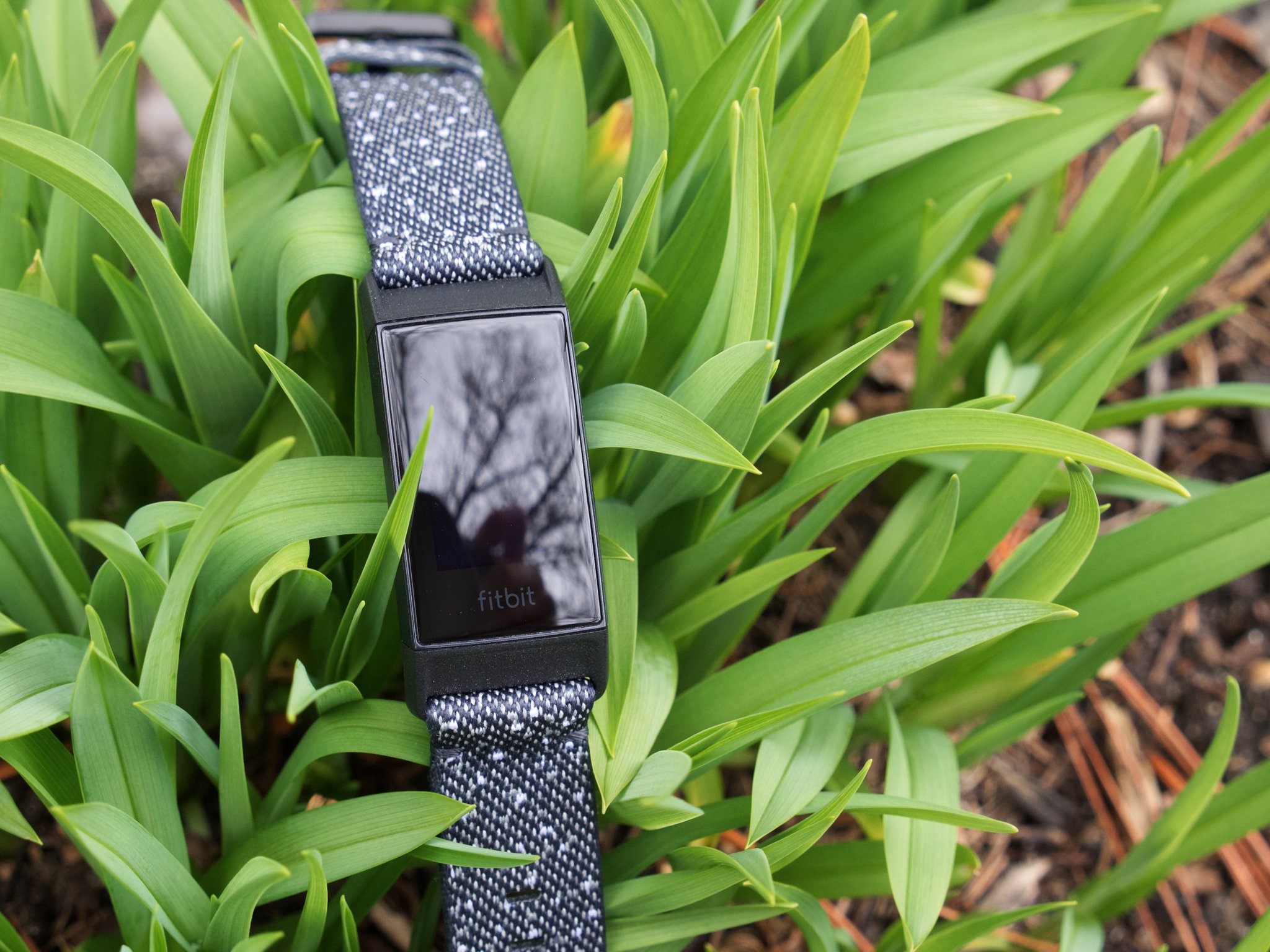

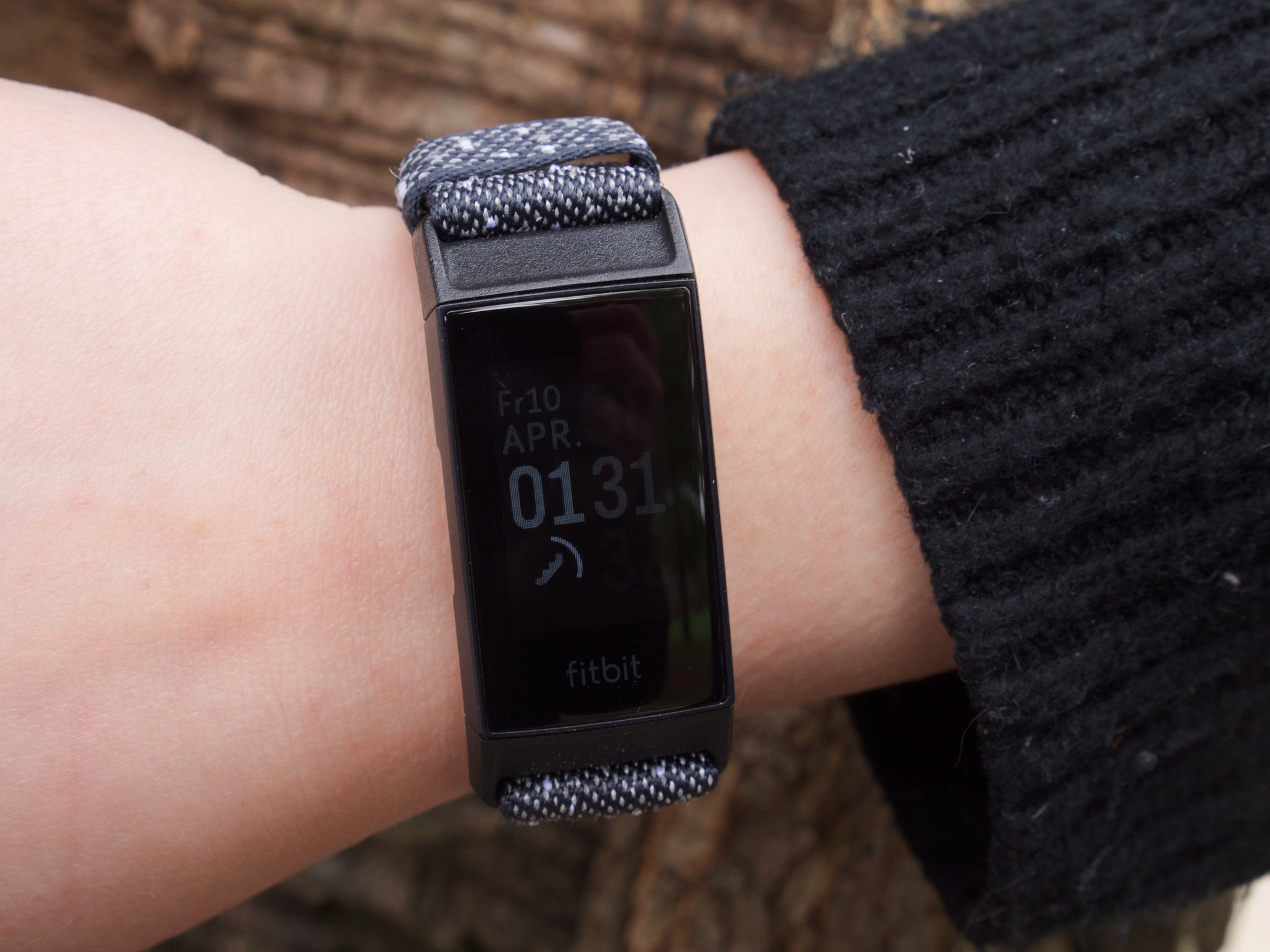
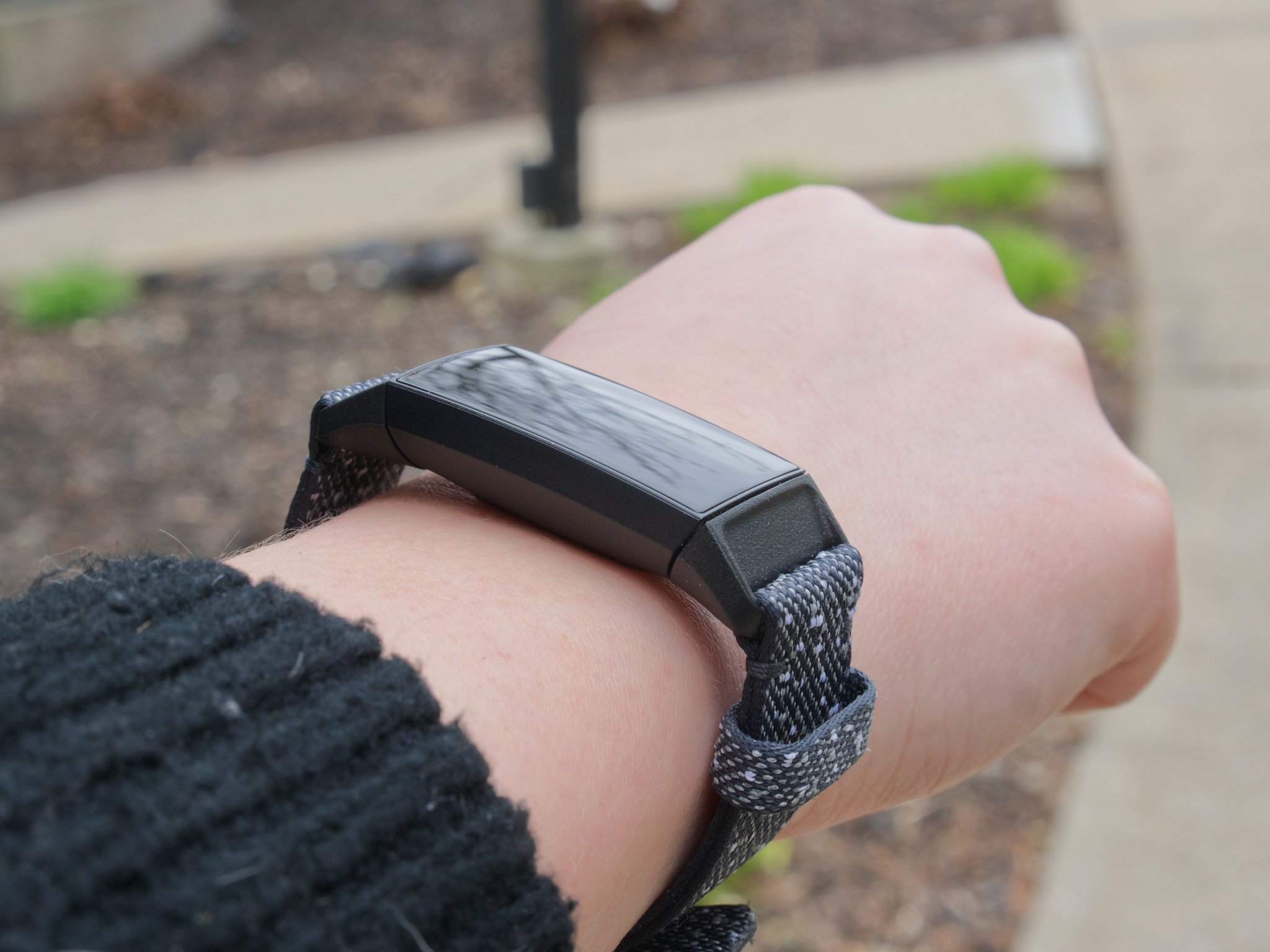
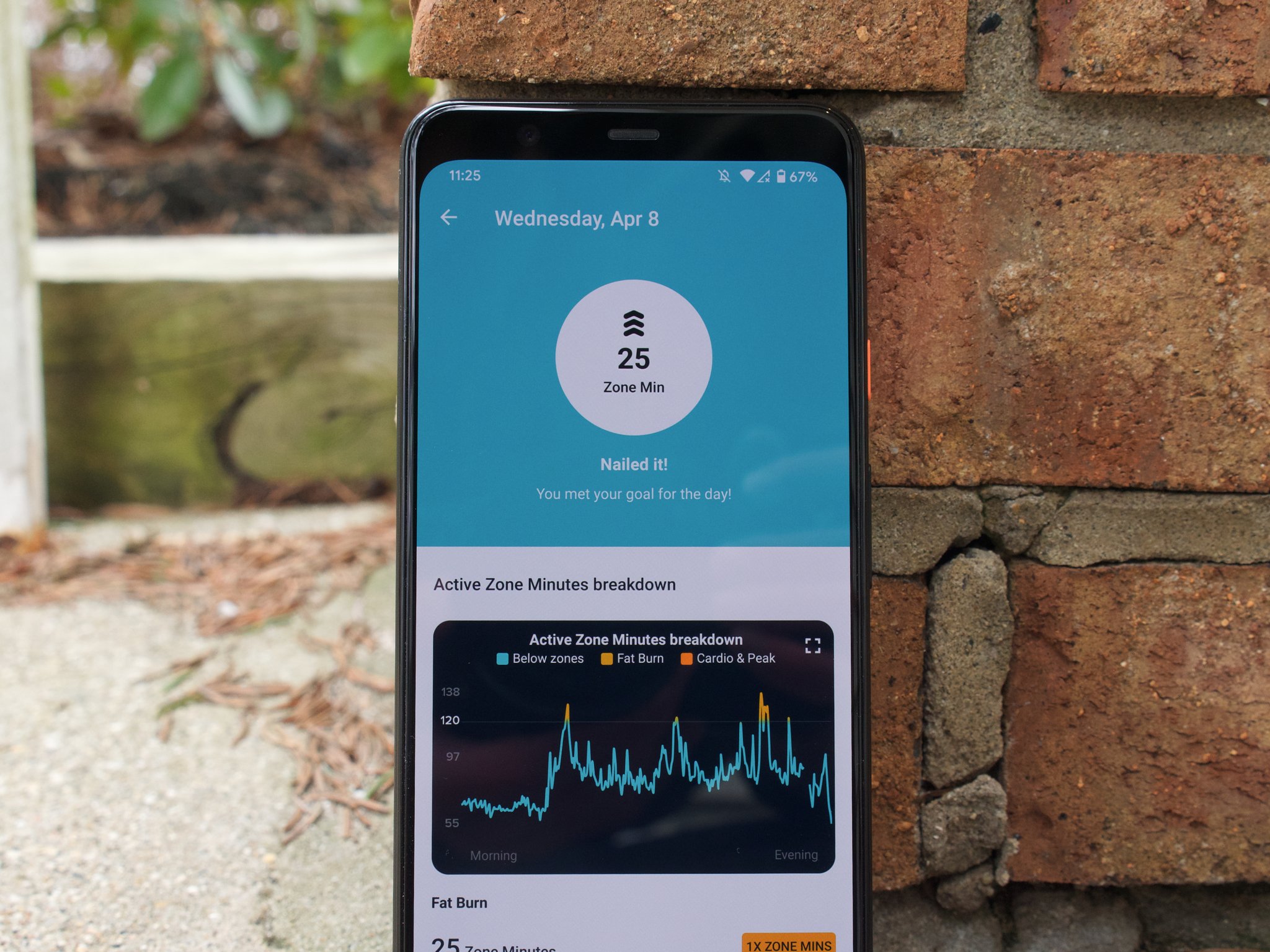
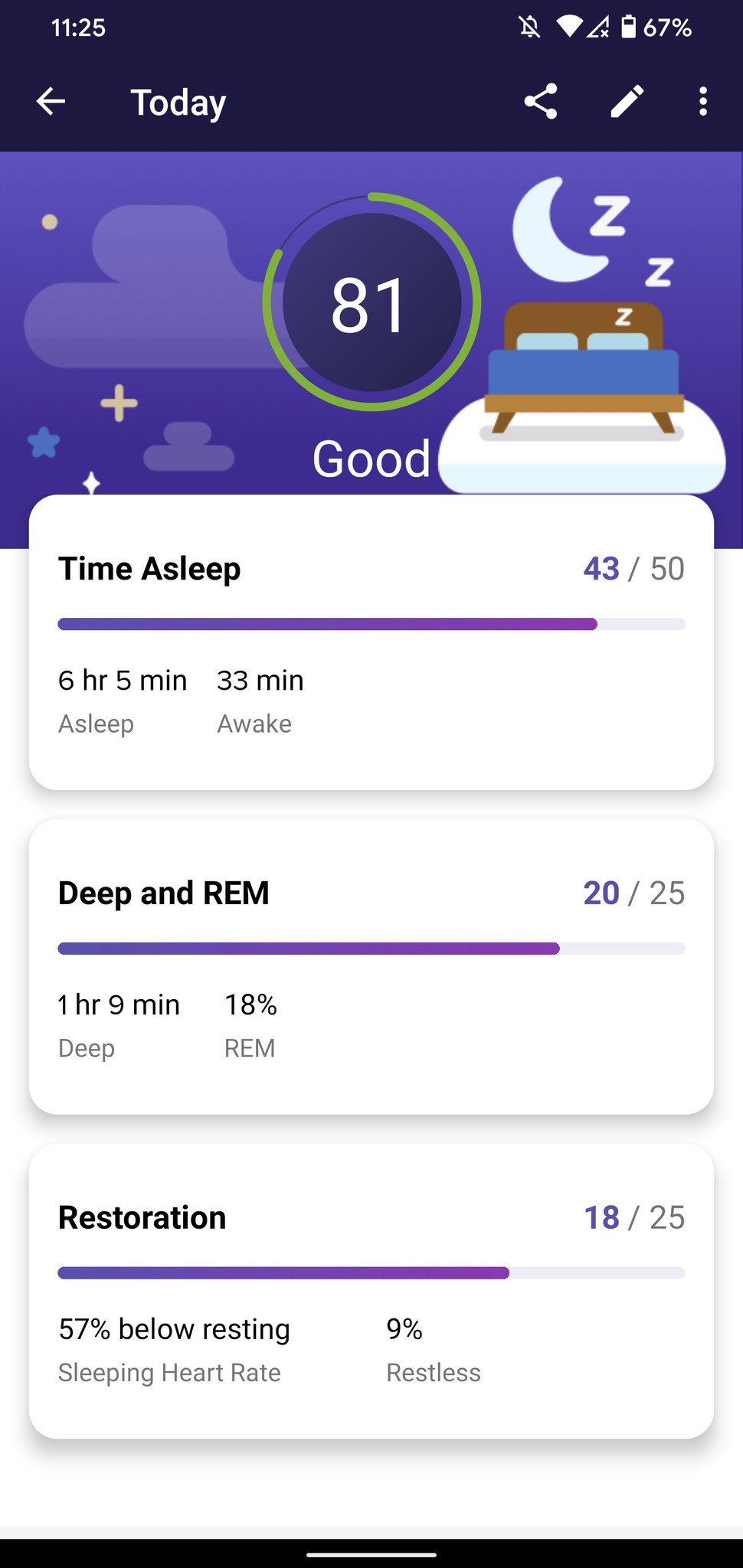
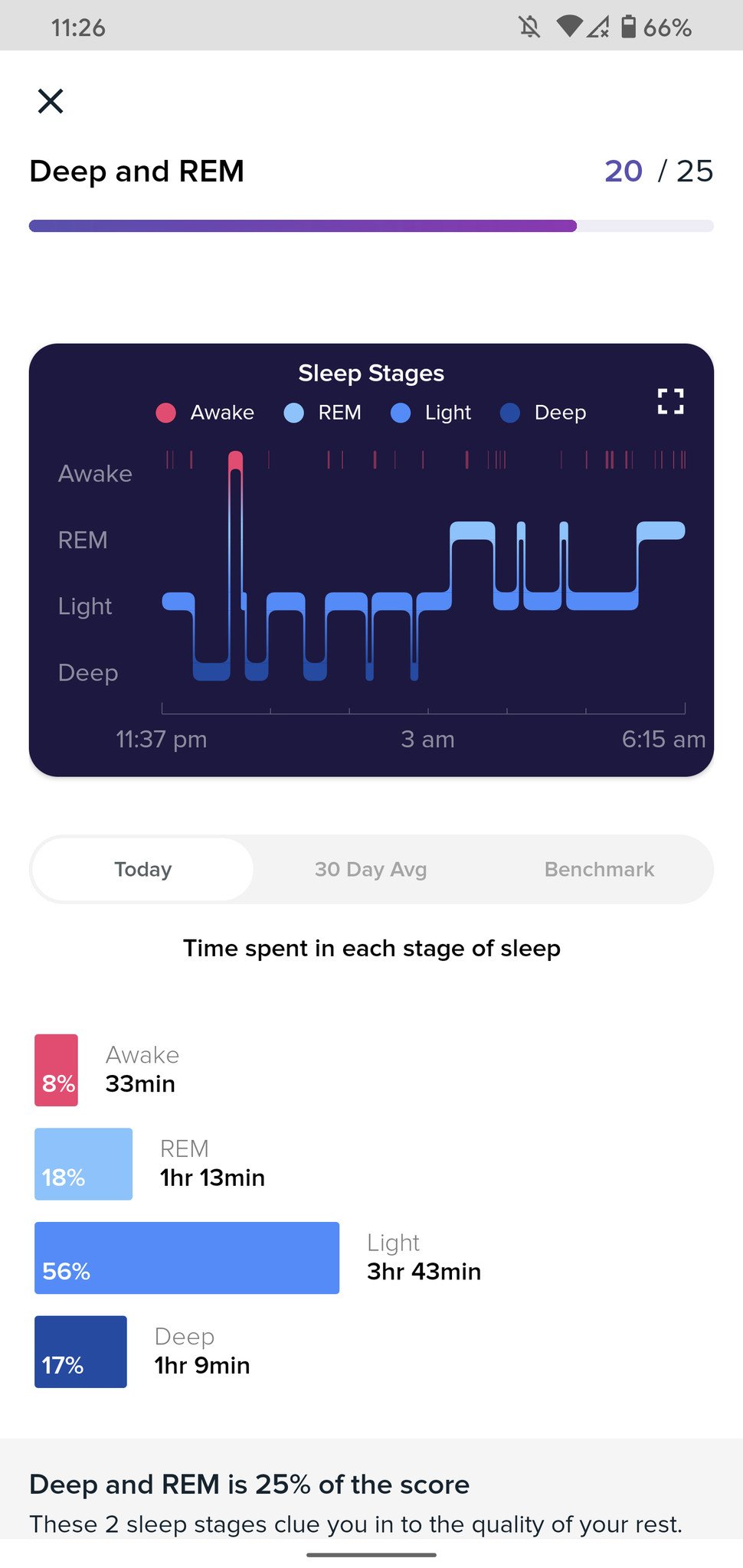
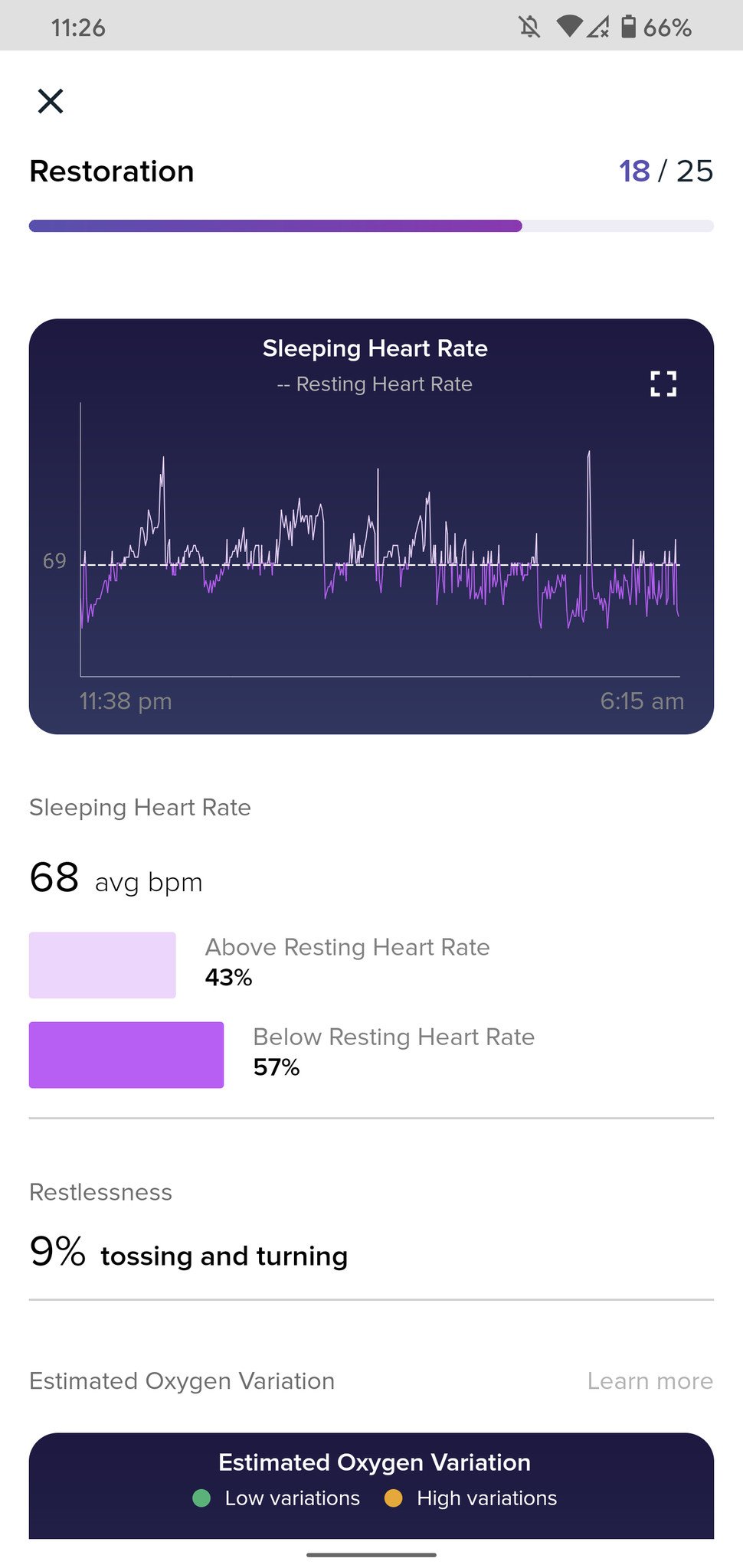
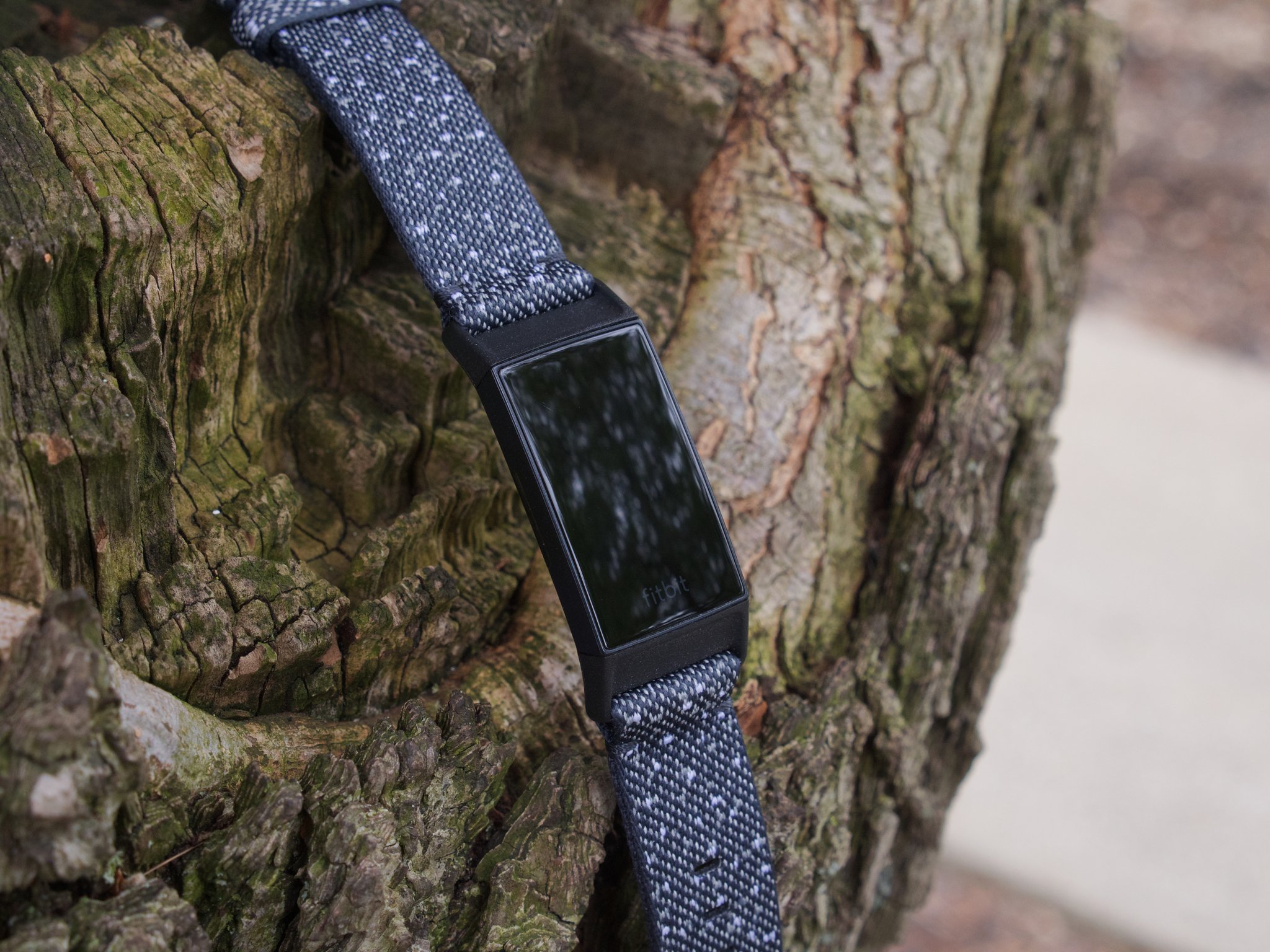
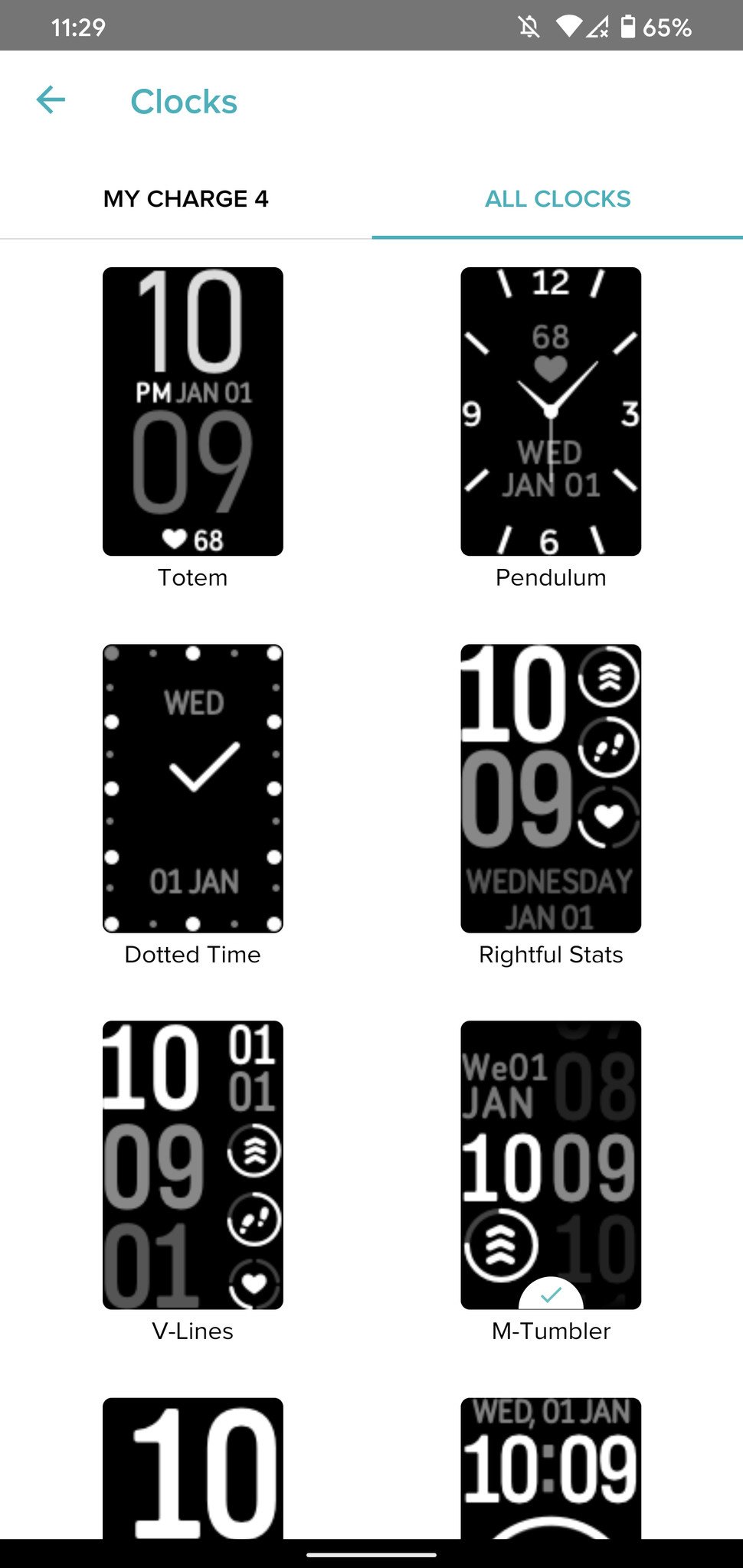

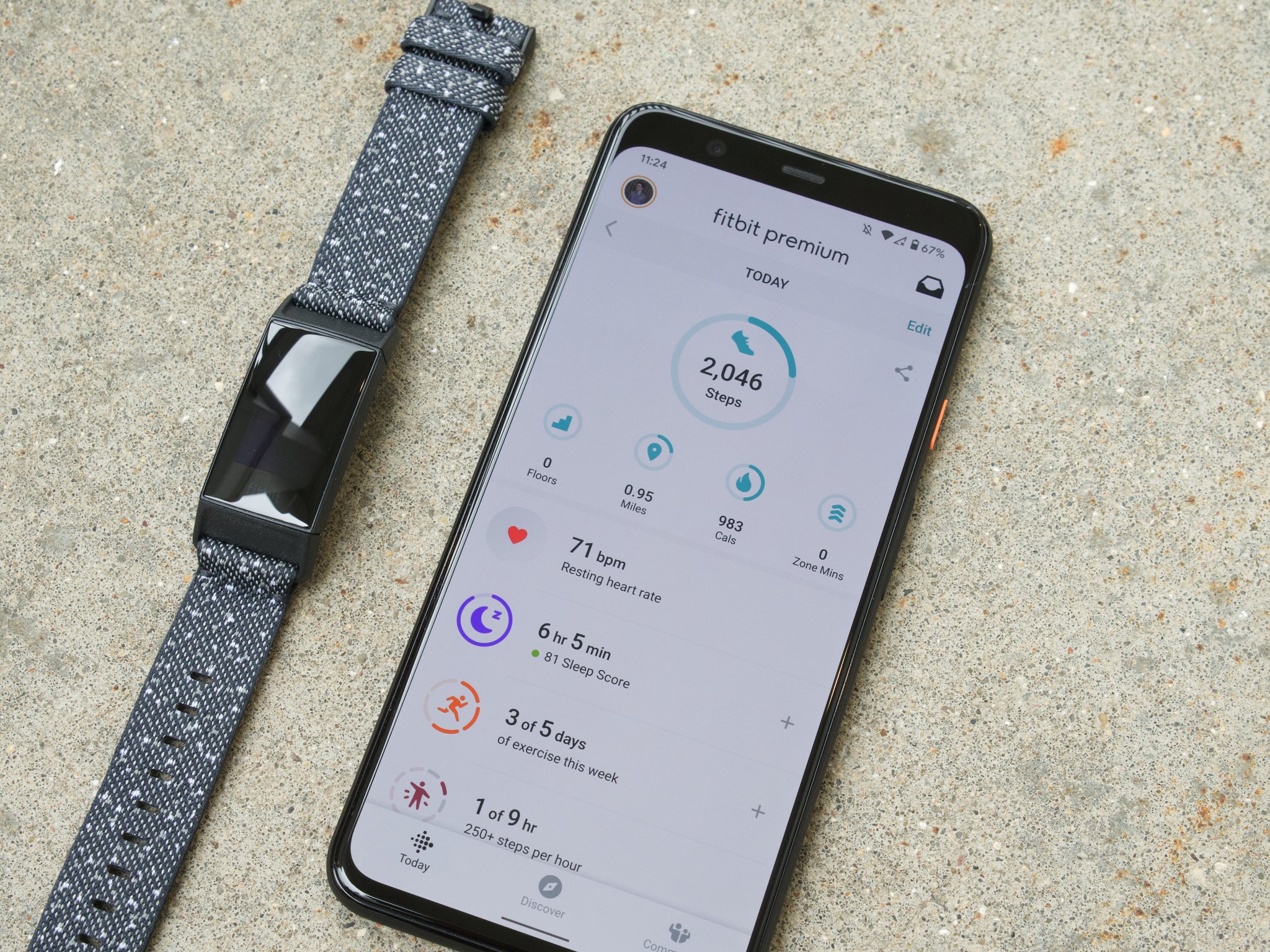
Aucun commentaire: